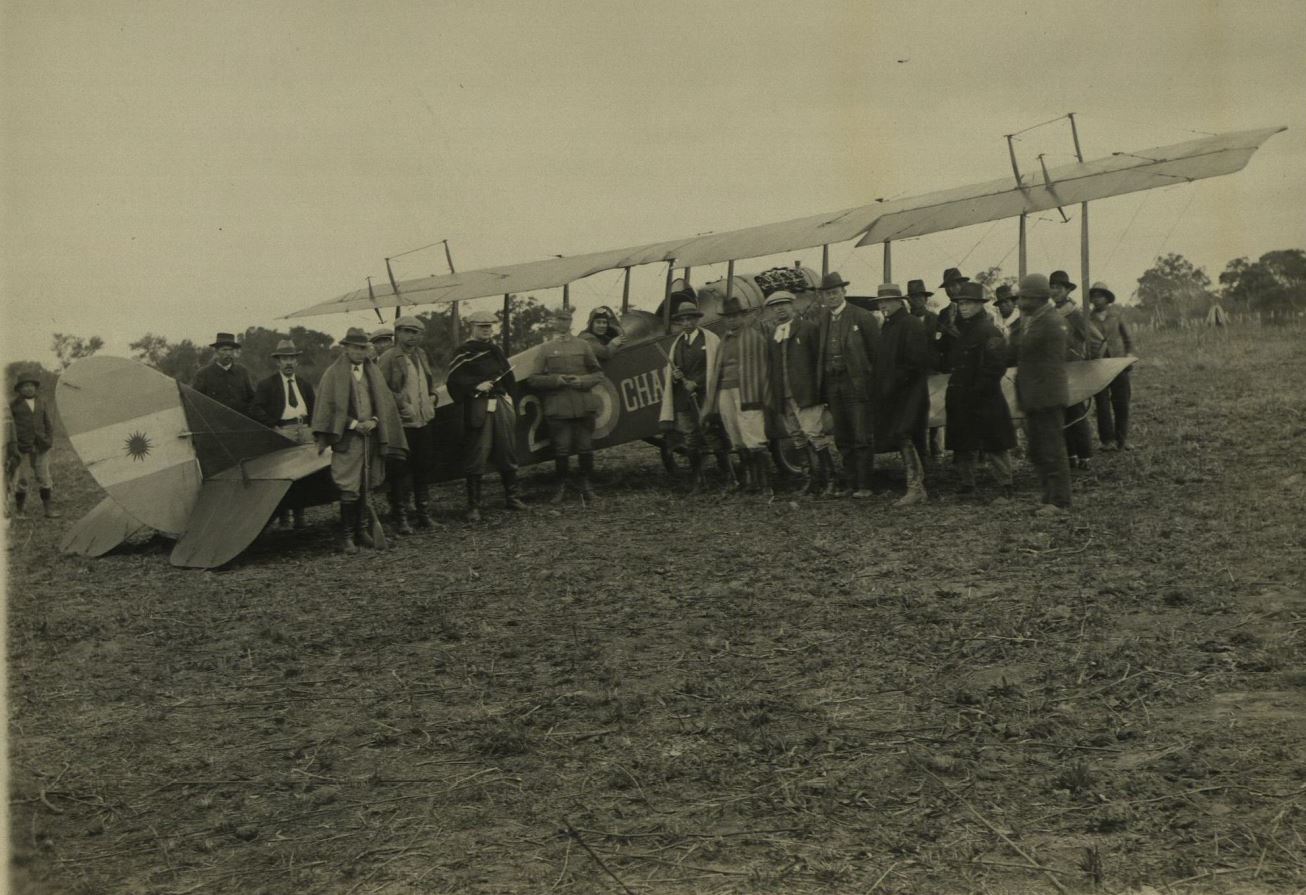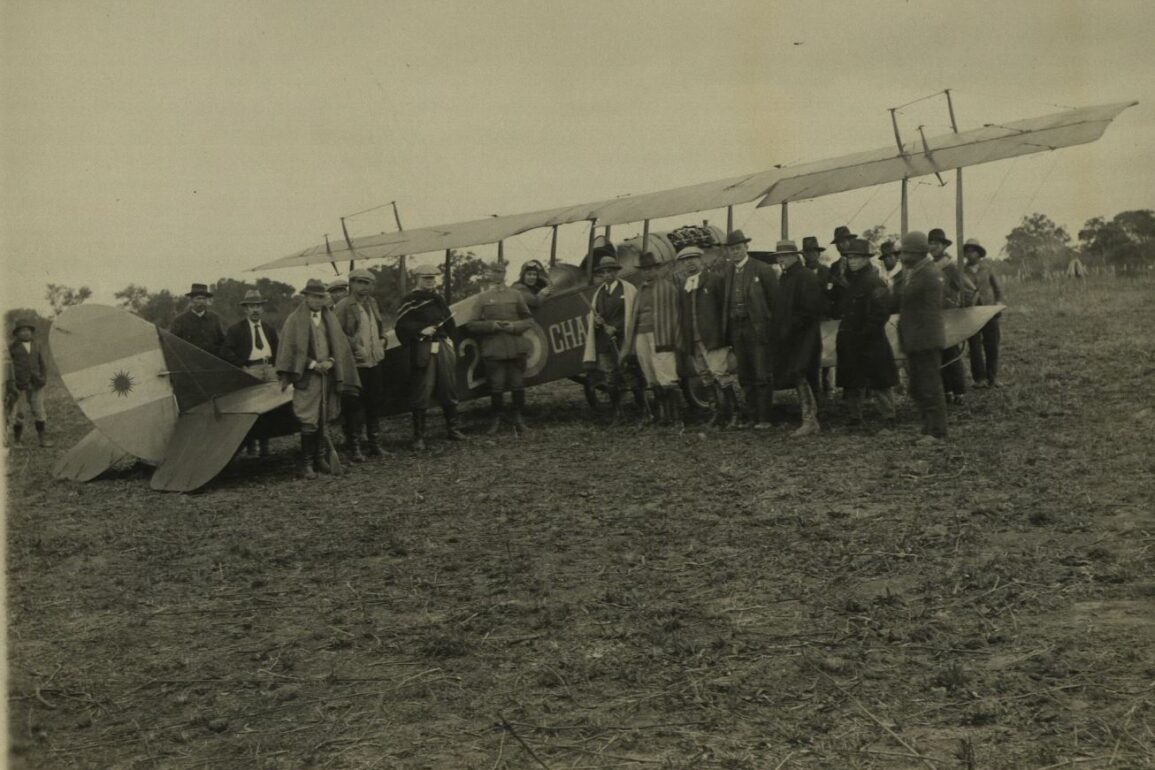
“I don’t know why they killed so many children and grown-ups. There was so much suffering.” With these words, Rosa Grilo told Indigenous Qom researcher Juan Chico about the Napalpí Massacre, which happened on July 19, 1924. At the time of her testimony in 2018, Rosa was over 100 years old. She survived — but her father was murdered.
The wholesale slaughter of primarily Qom and Moqoit Indigenous communities took place in Colonia Aborigen, a hamlet in the present-day province of Chaco. Around 500 people were killed, including women, children, and older adults. It was the largest massacre of Indigenous peoples in 20th-century Argentina — but was largely denied by state and media alike for decades.
That day, an airplane flew overhead, dropping candy to attract the villagers. Then, the police started shooting. The violence continued for days, with officers chasing and killing the escaping survivors. Many bodies were burned and buried in mass graves.
The atrocity happened at a time when Indigenous communities were protesting the violence and exploitation they endured in cotton production and harvesting.
Their labor conditions — and the massacre — must be understood in the context of the State Reduction for Indigenous People of Napalpí, according to sociologist Marcelo Musante, a member of the Network of Researchers on Genocide and Indigenous Policies in Argentina.
Napalpí was part of a system of reductions established by the Argentine State, which operated between 1911 and 1956 in the Chaco and Formosa regions. In the early 20th century, these areas were still militarized territories, and had not yet been made provinces of Argentina.
Within Napalpí Reduction, a debt system operated. Upon arrival, Indigenous people received farming tools and clothing, incurring an automatic debt with the administration. They were also charged for food and could only spend money at the reduction’s store.
“This explains why Indigenous communities accepted relocation to the reductions,” Musante said. “Outside, they faced the threat of detention and even death. Napalpí must be understood within a system aimed at concentrating and disciplining the region’s Indigenous communities.”
Qom and Moqoit families were regularly made to work days of 12 to 14 hours. They were locked up, effectively reducing them to slavery, and faced extreme poverty and hunger.
A deep scar
Indigenous people’s labor sustained the economic viability of the reduction, paying for salaries for the administrators and and the expenses of its representatives in Buenos Aires.
The massacre left a deep scar in the social fabric of Qom and Moqoit communities. Lasting effects include the loss of their language and culture, as well as the displacement of a large part of the community to the north of Chaco.
In 2014, the Human Rights Unit of the Federal Prosecutor’s Office in Resistencia, composed of prosecutors Federico Carniel, Carlos Amad and Patricio Sabadini, along with assistant prosecutor Diego Vigay, launched an investigation into the massacre. They found evidence — lots of it. In April 2022, a truth trial began, similar to those carried out in the 1990s to investigate the crimes of the last dictatorship, when the Full Stop and Due Obedience Laws were in effect. These trials don’t seek to hold perpetrators criminally responsible. Instead, they aim to establish facts legally, publicly acknowledging and providing reparations to the victims.
Finally, on May 19, 2022, Federal Judge Zunilda Niremperger convicted the Argentine State, ruling that crimes against humanity were committed during the Napalpí Massacre as part of a genocide against Indigenous peoples.
Indigenous elder witnesses had to overcome their fear of the police with psychological support from the local human rights secretariat to testify in the trial, according to prosecutor Vigay. “The four most notable survivors, Melitona Enríquez, Rosa Chara, Rosa Grilo, and Pedro Balquinta, were children during the massacre and only spoke out when they were over 80, 90, or 100 years old,” he said.
Researchers used newspaper archives and other sources to develop a body of evidence demonstrating that, faced with a strong demand for cheap labor at the time, the operators of the state-run reduction coerced Indigenous people to work for starvation wages in the run-up to the strike.
“They were compelled to work from sunup to sundown, earning half of what a Criollo [non-Indigenous] worker did, and facing conditions that were near famine,” Vigay said.
Analía Quiroga, president of the Napalpí Foundation, said that “the external perspective has often been dismissive and denialist. By giving voice to the victims and their relatives, and by having academics and lawyers prove the massacre [happened], we have restored some of the rights that Indigenous communities are often denied.”
Not like reading it in books
Grilo passed away in April 2023, at the age of 115. Local communities, activists and researchers believe she was the last remaining survivor. But her granddaughter, Raquel Esquivel, is now a member of the Napalpí Memorial team. “Having Indigenous people tell the story is not the same as reading it in books,” Esquivel said. “It helps new generations continue our struggles and embrace our history and culture.”
The verdict condemning the Argentine State also mandated reparative measures for Indigenous peoples. Quiroga, Esquivel, and Vigay agree that two years after the judicial ruling, most aspects of the sentence are being fulfilled. This includes training all federal forces on the events of the Napalpí Massacre and the genocide of Indigenous peoples.
“There was massive participation in every training session, and in May of last year, the National Security Ministry published a protocol for interacting with Indigenous populations from an intercultural perspective, which has been applied in Chaco Province,” Vigay said.
The Education Ministry conducted training on the subject for teachers at all levels. Like the security forces training, these were well-attended. Progress has also been made on a project to convert the Napalpí historical site, where the reduction used to operate, into a museum. The documents from the trial are being uploaded into a digital archive, and historical records from the reduction that had never been surveyed before are now being sorted and classified.
The verdict was communicated to the Inter-American Commission on Human Rights and UN rapporteurs on the rights of Indigenous peoples, both of whom have endorsed the trial as a model for adjudicating Indigenous massacres.
Pending issues to comply with the Judge’s ruling include a formal apology from the national government, funding for the museum. If a local vote approves it, Colonia Aborigen could one day be renamed “Napalpí.”
Cover image: Instituto Ibero Americano de Berlín. Fondo Lehmann Nitsche. Year: 1924



